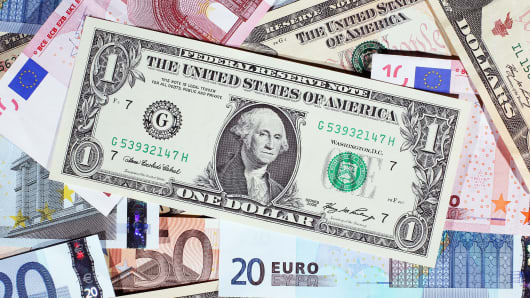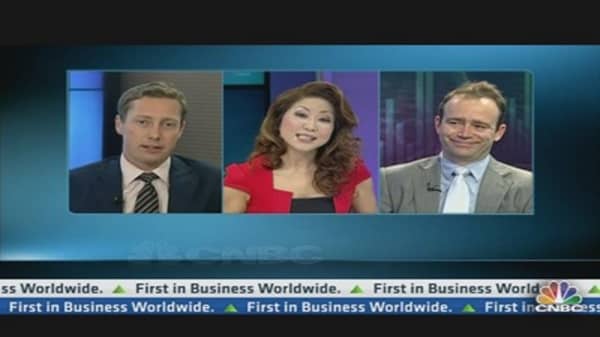The euro rose to a one-week high against the dollar and a more than two-week peak against the yen on Wednesday as positive German data eased fears about the euro zone's largest economy and diminished expectations of a near-term interest rate cut.
The euro gained for a second straight day against the greenback, paring its year-to-date loss to just 0.3 percent, after data showed German industrial output rose 1.2 percent in March, confounding forecasts for a 0.1 percent fall.
(Read More: Europe's Economy and Stocks—The Great Divide)
The data supported an improvement in euro sentiment that was ignited a day earlier by another upbeat report, on German industrial orders.
Falling borrowing costs in peripheral euro zone countries have also favored the euro zone common currency. Also buoying the euro was strong data out of China, the world's second-largest economy, which raised risk appetite globally. China's daily crude imports in April rose 3.7 percent from a year ago.
(Read More: China Trade Data Provide a Boost for Global Economy Bulls)




